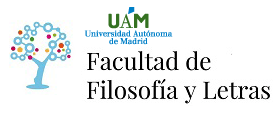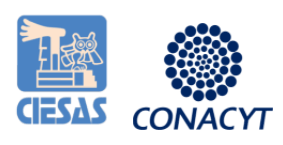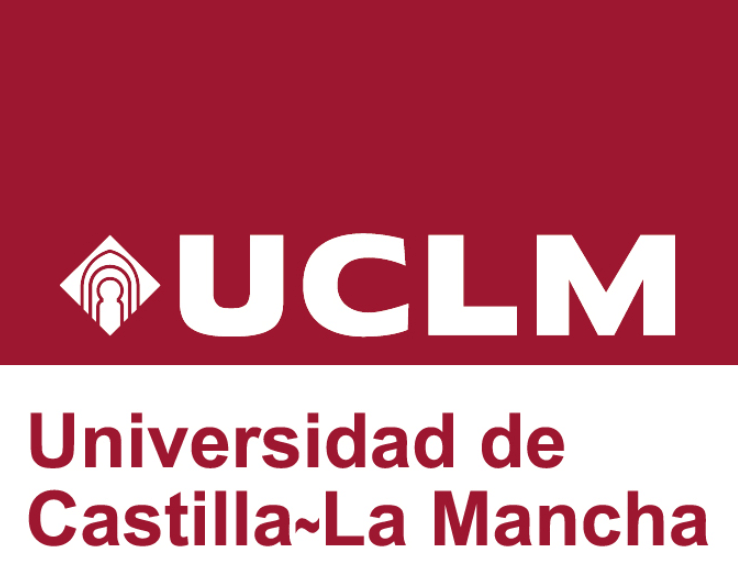VOLUNTARY ASSOCIATIONS IN THE RE-IMAGINATION OF A CATALAN COMMUNITY: CASTELLERS AMONGST THE SOVEREIGNTY MOVEMENT
The Catalan tradition of building Castells -or human towers, is a recreational practice that has had a dramatic growth in the last decade and is currently acquiring political significance as symbolic of the nation. Specifically, many Casteller members and the general public compare the construction of human towers with the building of the nation. This practice is becoming the visible image of, and the cultural connection between the political aspirations of an increasingly heterogeneous society, and the maintenance of community bonds. Since the 19th Century, Catalonia has relied on its cultural and linguistic assets as central elements in the formation of an imagined community (Anderson 1991). The increasing participation of locals, immigrants and tourists inside Casteller teams in a context of national debate suggests that the linguistic, sociocultural and national boundaries that constitute(d) a national community in Catalonia are currently changing and being re-imagined.This paper presents data from an ongoing ethnography inside Casteller teams. I examine the semiotic resources used by participants in their everyday social and linguistic encounters as identities are constructed upon performance and interaction. I analyze social and linguistic practices in order to see how participants may reproduce or contest traditional sociolinguistic boundaries in building a new re-imagined Catalan community. This ethnography will help understand the role of Catalan voluntary associations as mechanisms for the integration of diverse ethnic communities and the role that these organizations play in the negotiation, construction and contestation of an emerging new understanding of a (national) Catalan identity.
(*)El autor o autora no ha asociado ningún archivo a este artículo









